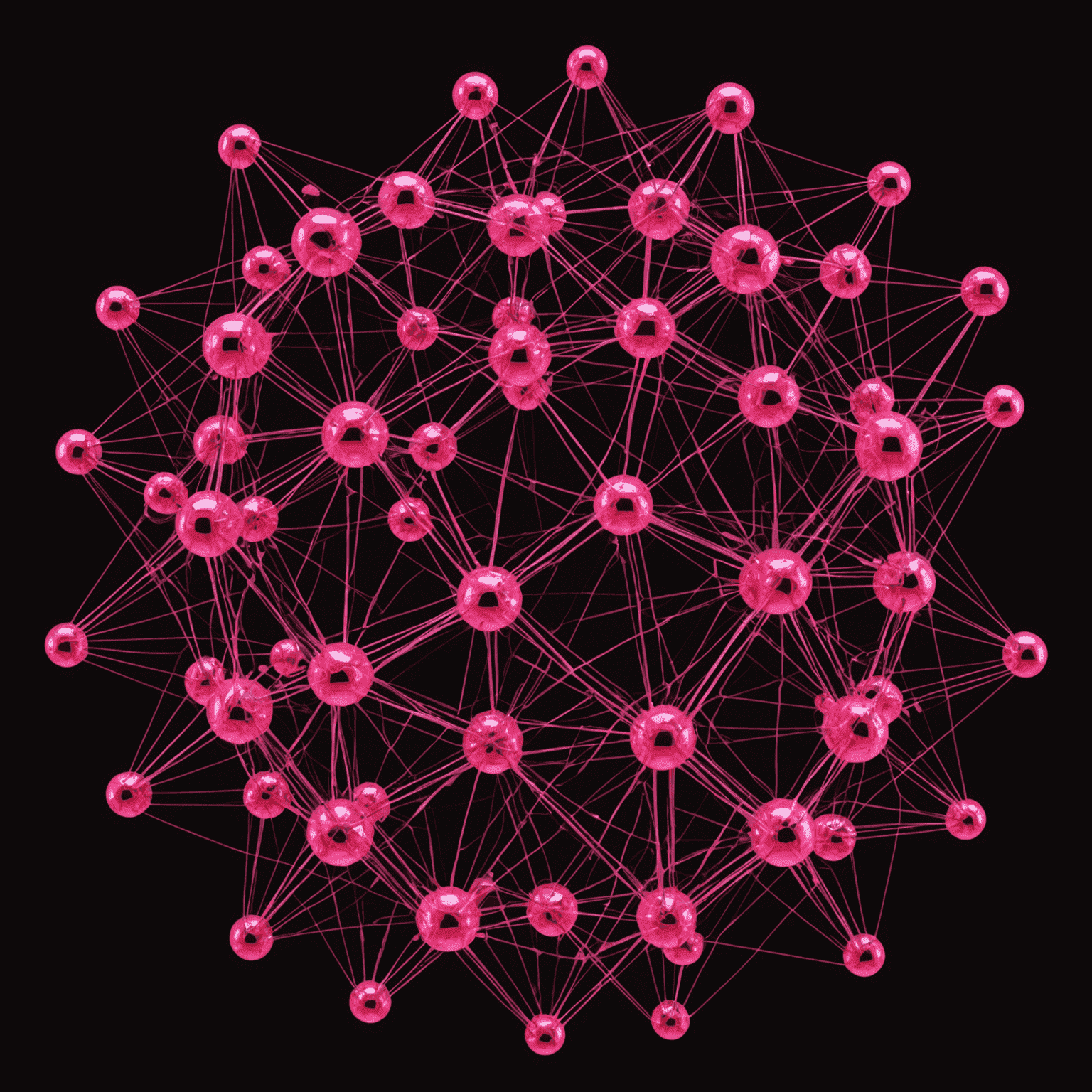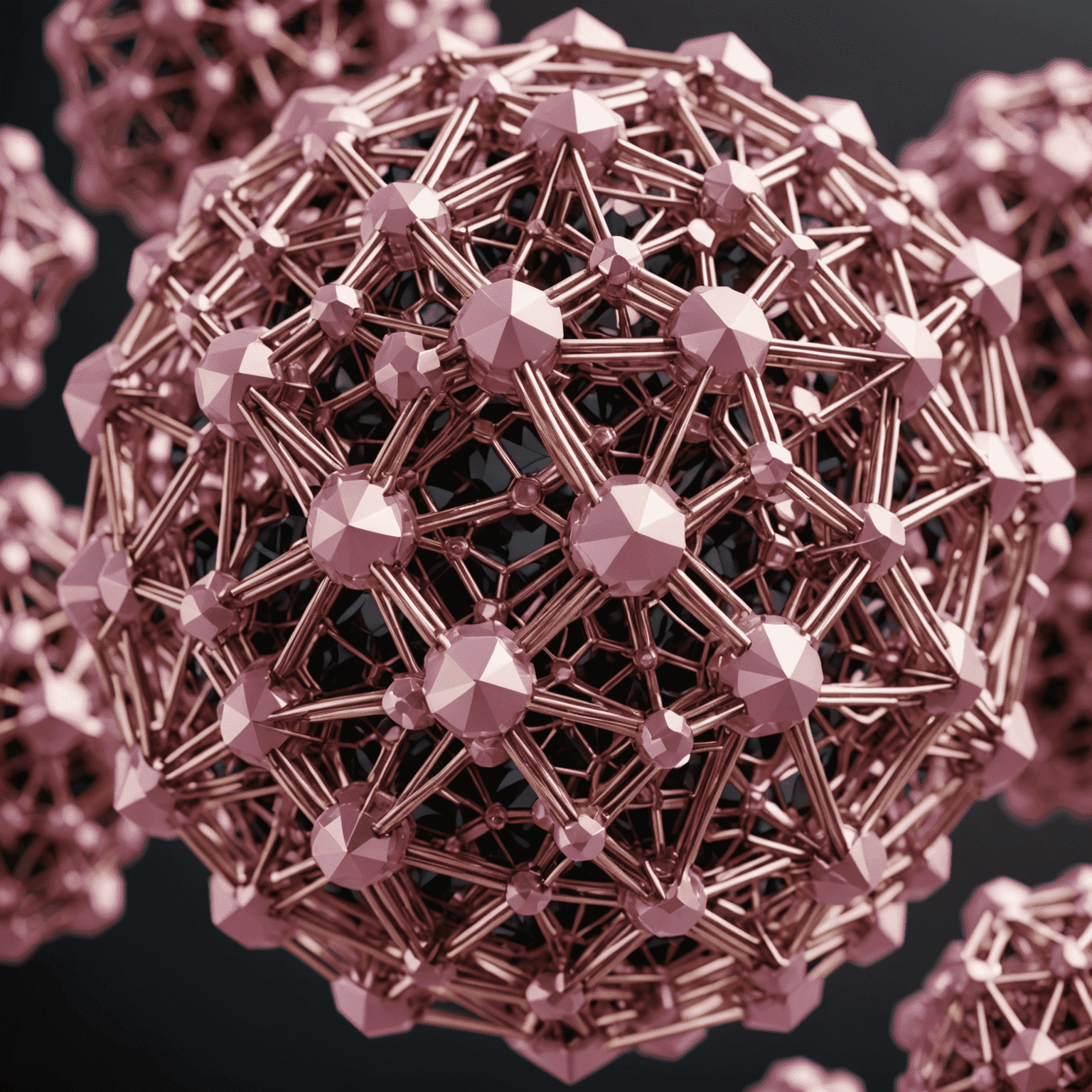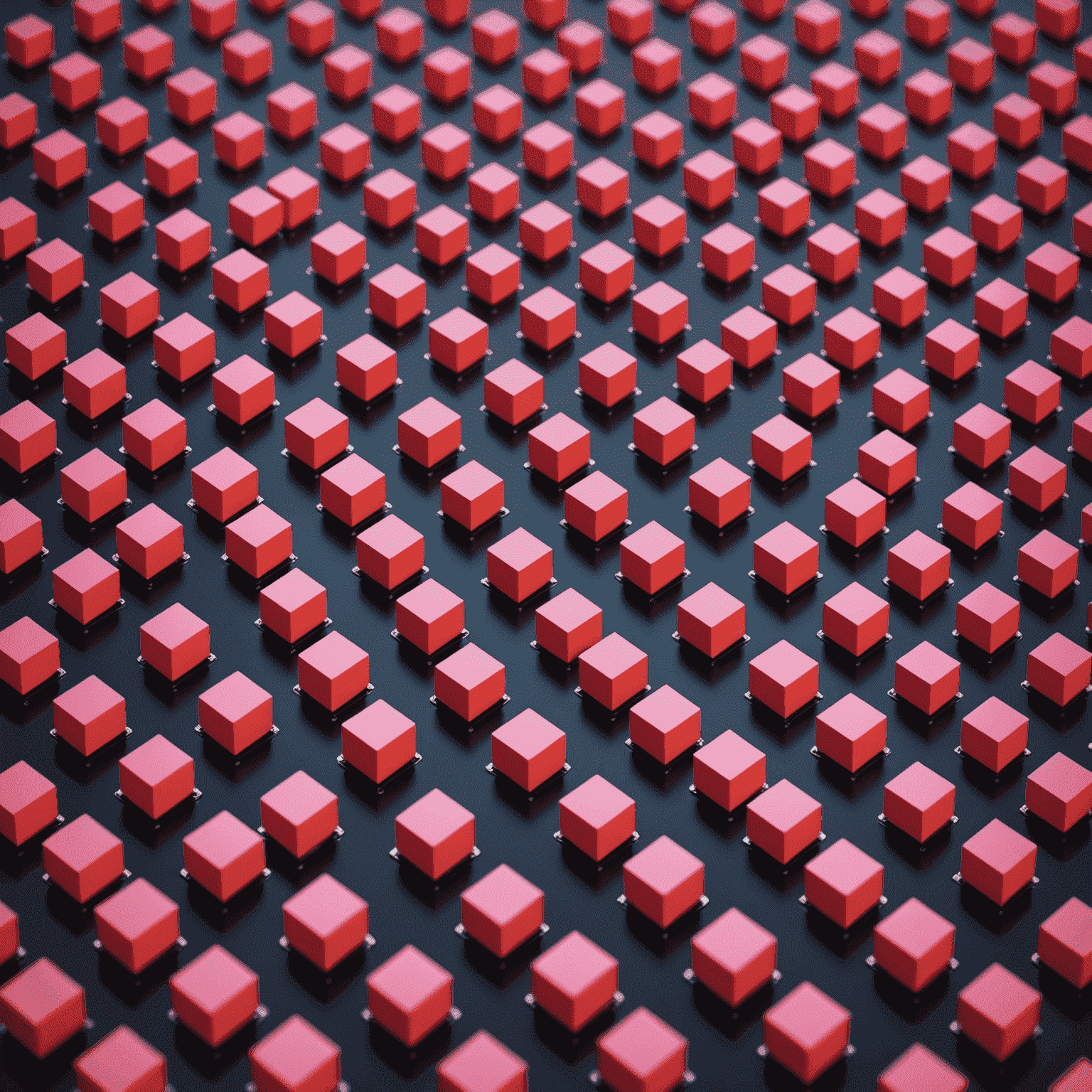Science Discoveries in Qubetics
Breakthrough in Quantum Entanglement Enhances Qubetic Communication

In a groundbreaking study, researchers at the Qubetic Institute have achieved a major milestone in quantum entanglement, significantly advancing the field of qubetics. This discovery promises to revolutionize qubetic communication systems, potentially enabling instantaneous data transfer across vast distances.
The team, led by Dr. Emily Quantum, successfully entangled a record number of qubetic particles, maintaining their coherence for an unprecedented duration. "This breakthrough opens up new possibilities for qubetic networks and computing," Dr. Quantum explained. "We're now one step closer to realizing the full potential of qubetics in everyday applications."
Novel Material Discovered for Enhanced Qubetic Storage

Scientists at the University of Qubetics have synthesized a new material that could revolutionize qubetic storage capabilities. The material, dubbed "QubeStore," exhibits exceptional properties that allow for stable and long-term storage of qubetic information.
Professor Sarah Nanotech, the lead researcher, stated, "QubeStore's unique atomic structure provides an ideal environment for maintaining qubetic states. This could lead to more compact and efficient qubetic devices, paving the way for widespread adoption of qubetic technologies."
Artificial Intelligence Breakthrough Accelerates Qubetic Problem Solving

A collaborative effort between AI researchers and qubetic scientists has resulted in a powerful new algorithm that significantly speeds up complex qubetic computations. This hybrid approach combines the strengths of artificial intelligence with the unique properties of qubetic systems.
"By leveraging machine learning techniques, we've created an AI that can optimize qubetic problem-solving strategies in real-time," explained Dr. Alex Synergy, the project lead. "This synergy between AI and qubetics could accelerate advancements in fields ranging from drug discovery to climate modeling."
Qubetic Sensors Achieve Unprecedented Sensitivity

Engineers at TechQube Industries have developed a new generation of qubetic sensors capable of detecting minute changes in their environment with extraordinary precision. These sensors leverage the principles of quantum superposition to achieve sensitivity levels previously thought impossible.
"Our qubetic sensors can detect changes at the atomic level, opening up new frontiers in medical diagnostics, environmental monitoring, and even space exploration," said Dr. Lisa Precision, head of sensor development at TechQube. "We're excited about the potential applications, from early disease detection to discovering exoplanets."
Qubetic Encryption Reaches New Heights of Security

Cryptographygraphy experts have unveiled a new qubetic encryption protocol that promises unparalleled security for digital communications. The system, named "QubeShield," utilizes the unique properties of qubetic states to create encryption keys that are theoretically impossible to crack using conventional methods.
"QubeShield represents a quantum leap in data security," stated Dr. Max Cryptography, the lead developer. "As we move towards a more connected world, this level of encryption will be crucial in protecting sensitive information from increasingly sophisticated cyber threats."




